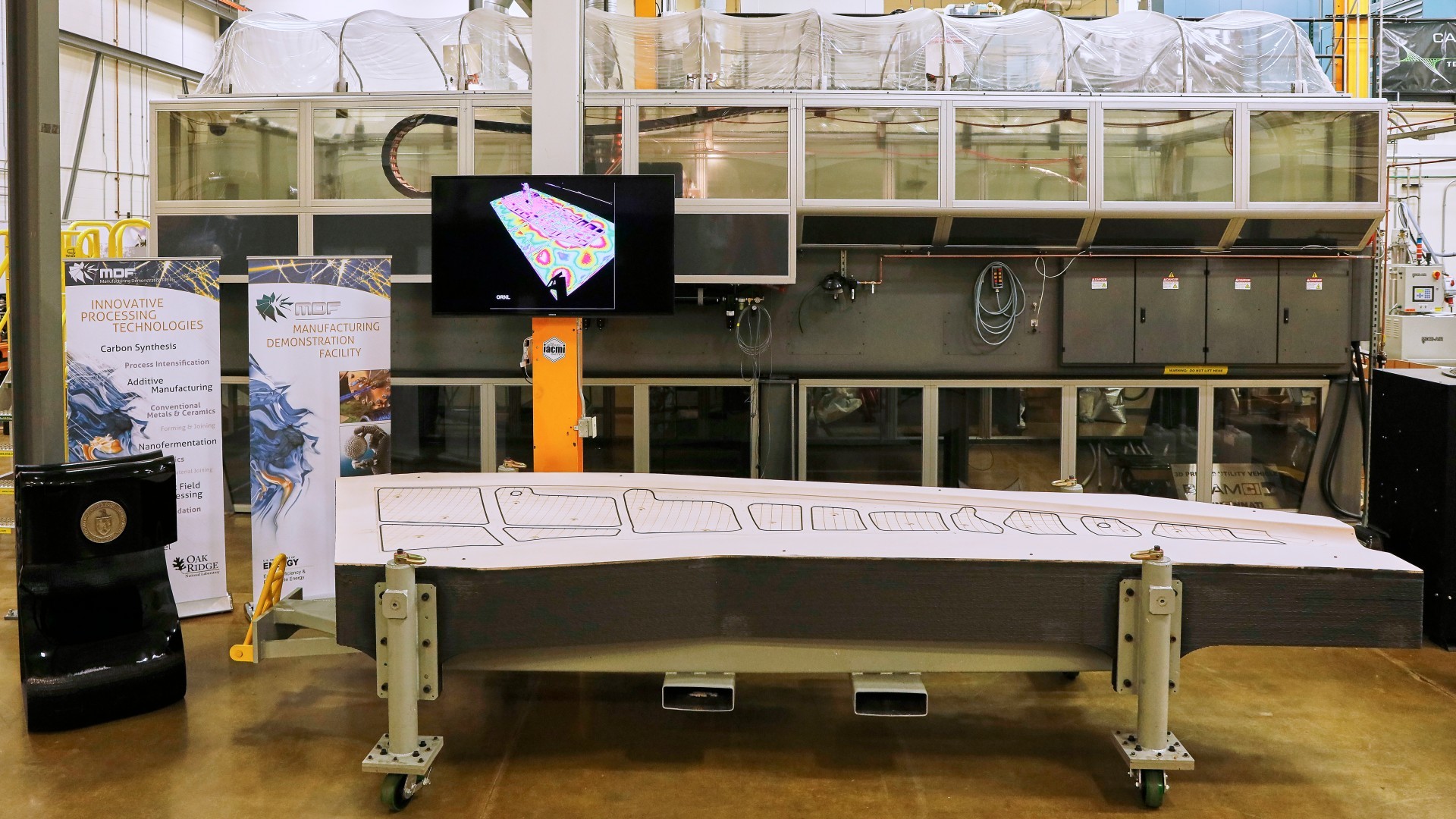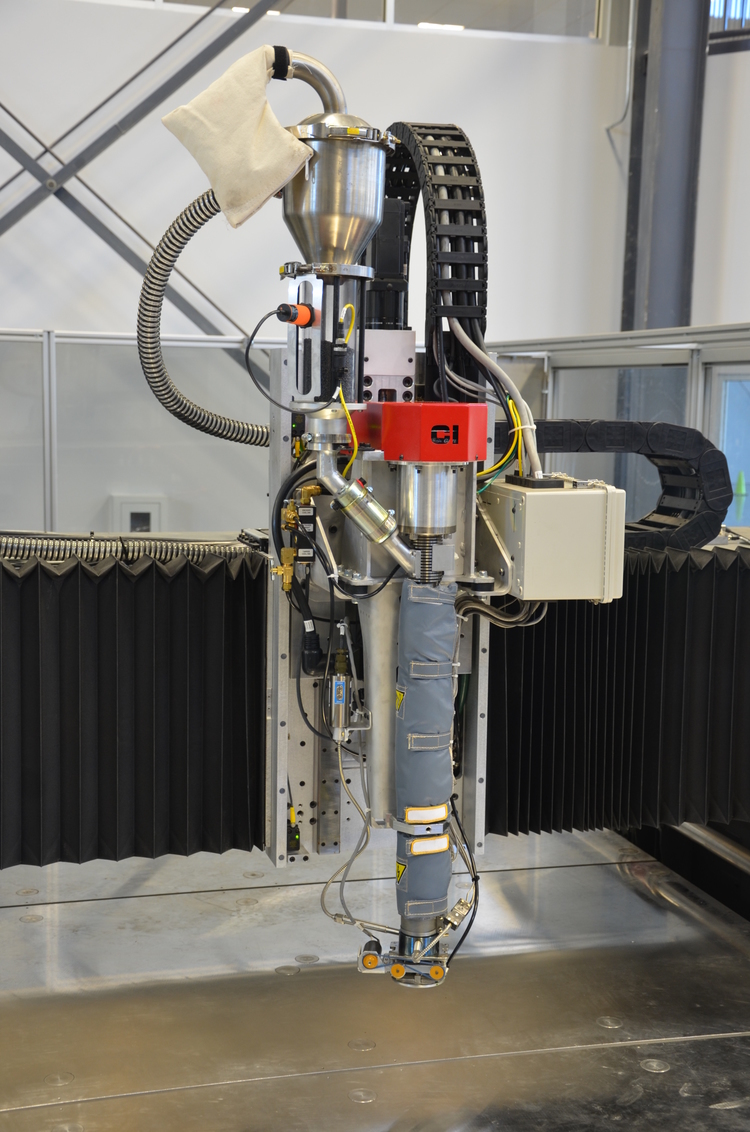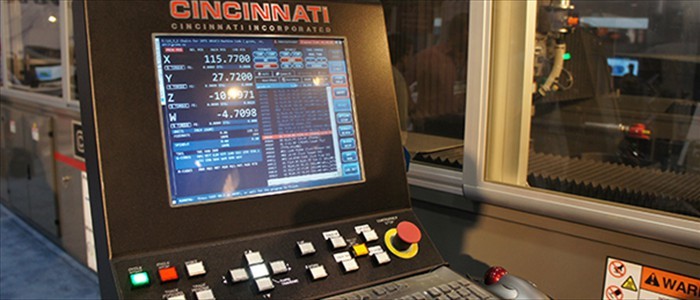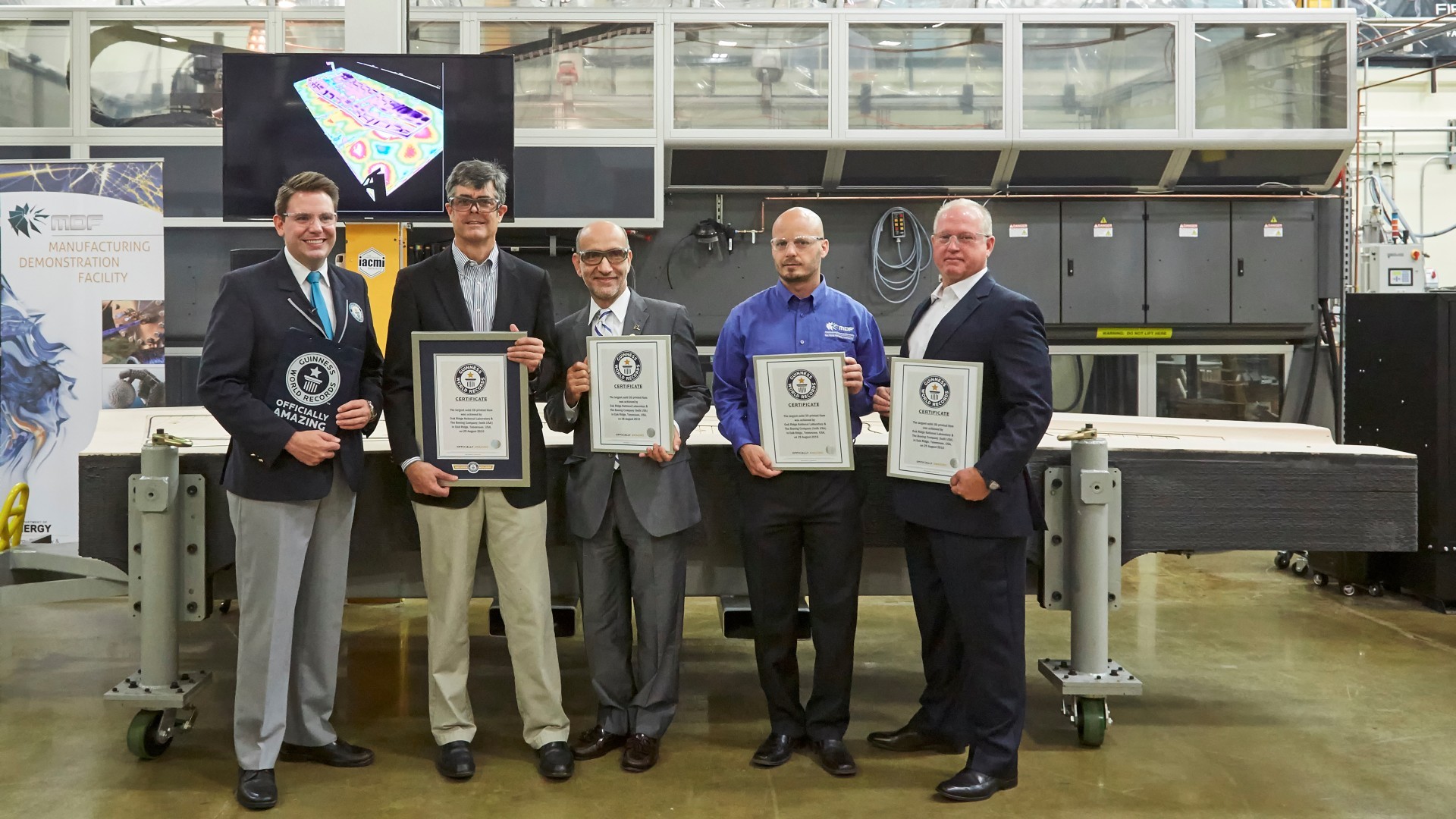New 3D Printing Record: The Largest Hard Object

The official measurement of a tooling printed on a 3D printer for cutting and drilling parts, jointly developed by Oak Ridge National Laboratory and Boeing. Photo: National Laboratory Oak Ridge
August 29, 2016 in the Guinness Book of Records included recording a new record on the world's largest solid object ever printed the 3D-printer . This item was equipment for cutting and drilling machine parts of the future aircraft Boeing 777X. The rig was developed at Oak Ridge National Laboratory and Boeing Airlines.
A tooling for cutting and drilling parts printed in just 30 hours of composite material, a mixture of carbon fiber and ABS thermoplastic. The length of the equipment is 5.3 meters, width - 1.7 meters, height - 0.5 meters. Her weight is about 748 kg. The length of this item is approximately equal to a large SUV, although in width and weight, of course, inferior.

Photo: Oak Ridge National Laboratory
“The more expensive metal hardware that we now use is made by the supplier. He makes tooling for about three months using a normal technological process, ” saidLeo Christodoulou (Leo Christodoulou), Director of Construction and Materials at Boeing. - Additive technology [i.e. 3D printing - approx. trans.] the production of tools, such as tooling for the manufacture of parts of the wing 777X, saves energy, time, effort and reduces costs. Therefore, additive technologies are part of our overall strategy for more intensive use of 3D printing in key manufacturing areas.
For the manufacture of equipment in the demonstration pavilion of the Oak Ridge National Laboratory used a large machine for 3D printing called BAAM (Big Area Additive Manufacturing) manufactured by the American company Cincinnati Incorporated.

BAAM 3D printing machine. Photo: Cincinnati Incorporated

BAAM 3D printing machine.Photo: Cincinnati Incorporated

BAAM 3D printing machine. Photo: Cincinnati Incorporated The
latest 3D printing systems, such as the Stratsys Infinite-Build 3D, allow you to print products from thermoplastic with virtually no length restrictions. Details are printed in one piece. They do not need to be connected from separate parts, as in conventional 3D printing systems with restriction on the working area.
The 30-hour print process is compressed into a 30-second video released yesterday by Boeing.
New equipment will be tested during the construction of the aircraft Boeing 777X. This is a new family of large passenger aircraft, which is still in development. After a few years, they must compete with the Airbus A350-1000, which in September 2016 will make its first test flight .

Passenger aircraft Boeing 777X. Render, a frame from the video: the company "Boeing"
Around 2020 it is planned to launch into commercial operation two versions of the Boeing 777X: 777-8 and 777-9. The model 777-10 per 450 passengers is also being discussed for competition with the Airbus A380-800.
Production of the 777X begins in 2017.
For these aircraft, General Electric is currently developing a new modification of the GE9X turbofan engines.with 470 kN and fan diameter of 339 cm. It is the largest fan among all General Electric turbofan engines.

GE9X turbofan engine for aircraft Boeing 777X. Render: Boeing company
Turbofan engine differs from conventional turbojet engine by higher efficiency because the jet energy is not lost at the engine output, but is converted into rotation of the fan, which creates additional thrust ( up to 70-80% of the engine thrust) .
Measuring the manufactured part, the judge of the Guinness Book of Records Michael Emprik (Michael Empric) made sure that its volume exceeds 0.3 cubic meters - and announced the establishment of a new record. Of course, this record is still far from the world's largest construction, printed on a 3D printer with a volume of 1504 m 3 (the “ City of the Future ” design in China is made up of 5370 printed PLA bricks).
“The recognition of the Guinness Book of Records draws attention to our achievements in researching the production of large parts from composite materials,” said Vlastimil Kunc, head of the polymer engineering group at Oak Ridge National Laboratory, “With the help of 3D printing, we can design and make tooling using a smaller amount of material without losing its functionality. "
By the way, the US Department of Energy has set up a special Bureau to study the possibilities of 3D printing and other advanced manufacturing technologies ( Advanced Manufacturing Office ).

Guinness Book Record Judge Michael Empric presented diplomas about making a record for the largest hard part made on a 3D printer, Director of Oak Ridge National Laboratory Tom Mason (Thom Mason), Director of Construction and Materials at Boeing »Leo Christodoulou (Leo Christodoulou), as well as engineers Vlastimil Kunc and Mike Matlack (Mike Matlack) from the company Boeing. Photo: Oak Ridge National Laboratory
Boeing plans to use the printed snap at the new St. Louis plant to manufacture components that reinforce the composite wing trim of a Boeing 777X.
